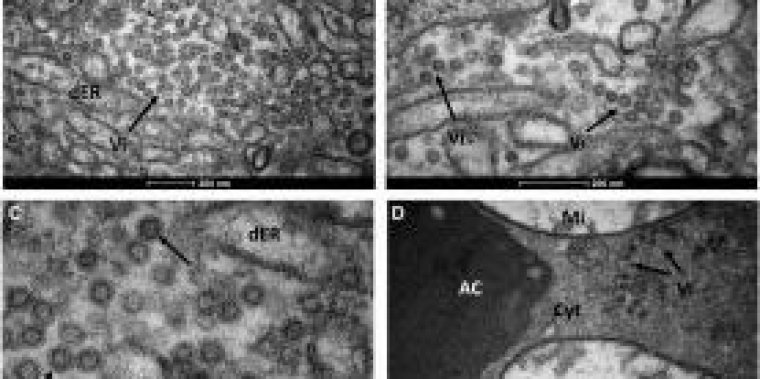| News / Science News |
Brazil scientists find out Culex mosquito can transmit Zika
The genome of the Zika virus, collected from mosquitoes of the Culex family, was mapped by scientists at the Oswaldo Cruz Foundation (FIOCRUZ) in Pernambuco, northern Brazil. The sequencing enabled experts to see that the virus is capable of reaching the insect's salivary gland, which is believed to indicate that the Culex mosquitoes may be one of the vectors of the Zika virus.

Culex mosquito can transmit Zika. ![]()
The mosquitoes were collected infected in the metropolitan region of the city of Recife. Then, the team from the Entomology Department of the institution managed to demonstrate that the virus can replicate inside the mosquito and reach its salivary gland. Also registered, through microscopic photography, was the formation of Zika viral particles in the insect's gland.
The presence of particles of the Zika virus was also reported in the saliva of the Culex mosquito.
According to FIOCRUZ, the article demonstrates that the virus can be transmitted through the Culex mosquito across the city. The institution stated that now “the set of its physiological and behavioral characteristics [will be analyzed] in the natural environment, in order to understand the role and the importance of this species in the transmission of the Zika virus.”
The genome of the Zika virus had already been sequenced in 2016 by the Virology and Experimental Therapy Department of FIOCRUZ in Pernambuco in collaboration with scientists from the University of Glasgow, but human sampling was used back then.
This sequencing functions as a sort of map of each of the virus's gene making up its DNA. Now, for the first time in history, the mapping was carried out using the mosquito. (Agência Brasil)
YOU MAY ALSO LIKE


